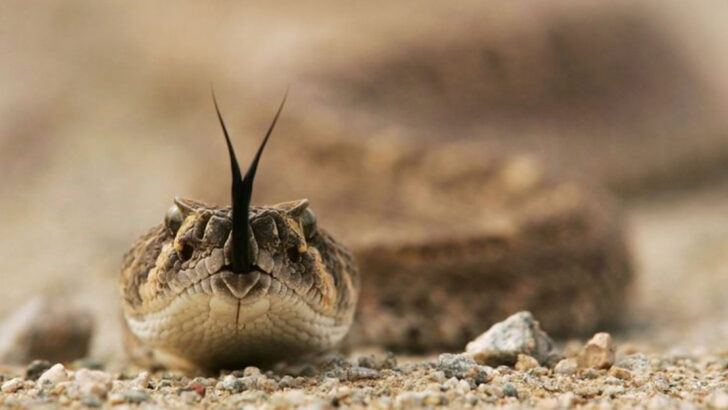Snakes, mysterious and often misunderstood creatures, are the subject of numerous myths and misconceptions.
These myths, passed down through generations, continue to shape our perception of these fascinating reptiles. From their behavior to their characteristics, many beliefs are simply not true.
In this blog post, we will debunk eleven common myths about snakes that many still believe.
Understanding the truth behind these myths can help foster a more informed and compassionate view of snakes, contributing to their conservation and our coexistence with them in nature.
Snakes Are Aggressive
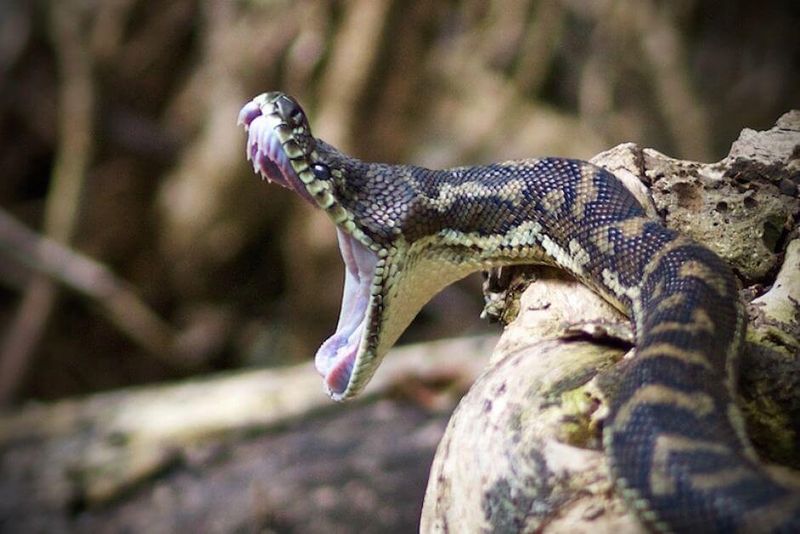
Contrary to popular belief, snakes aren’t out to get you. Their reputation for aggression is mostly unfounded. Snakes typically prefer to avoid confrontation. Most snake bites occur when they feel threatened or cornered.
Many snakes will retreat if given the opportunity. They often use their camouflage as a first line of defense.
Understanding their behavior can prevent unnecessary fear. Next time you encounter a snake, remember it’s more scared of you than you are of it. Respecting their space can ensure peaceful coexistence.
Snakes Are Slimy
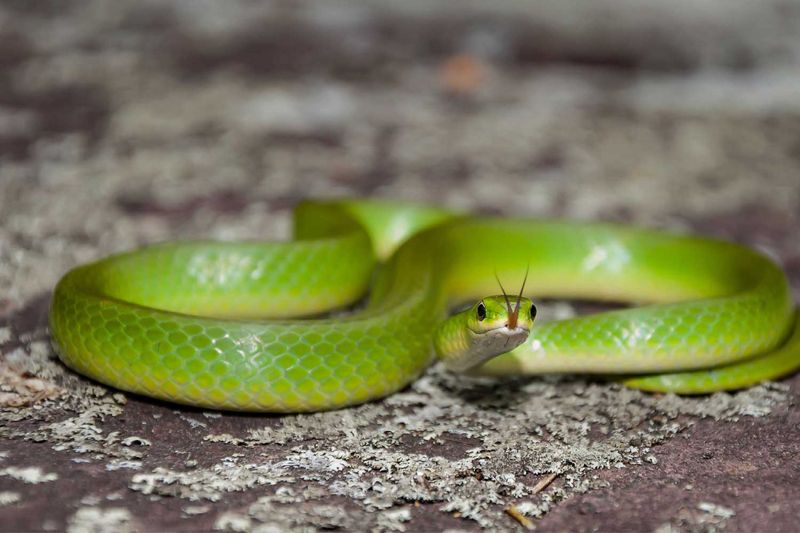
The myth of snakes being slimy comes from their smooth, glossy skin. In reality, snakes are anything but slimy. Their scales are dry and help them move efficiently.
The glossy appearance is due to their unique scale structure. Each scale is a masterpiece of evolutionary design, allowing for seamless movement across various terrains.
Next time you hear someone call a snake slimy, you can correct them with confidence. Appreciate the beauty and functionality of their skin instead.
Snakes Chase Humans
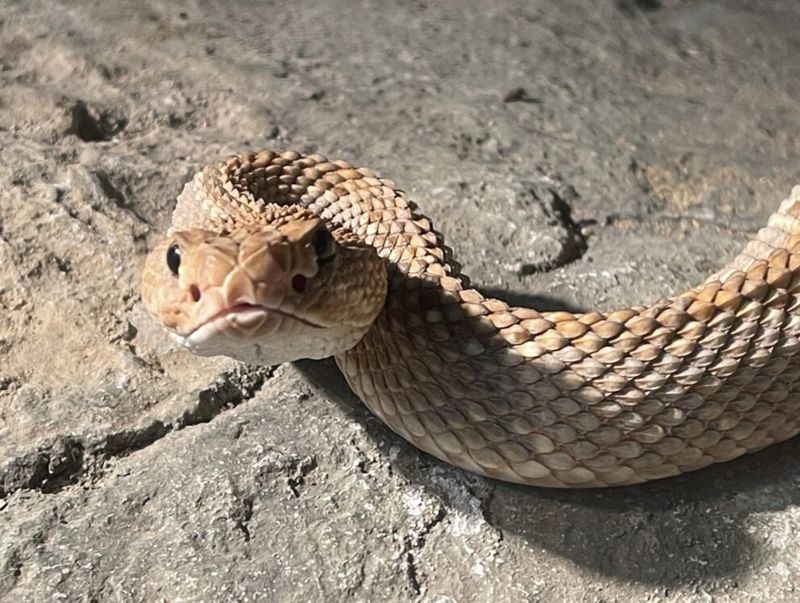
The idea that snakes actively chase humans is more fiction than fact. In most cases, a snake would rather flee than face a human.
Snakes have no interest in pursuing people, as they do not see us as prey.
This myth likely stems from the snake’s defensive behavior. When cornered, some might move towards a threat to escape, but it’s not aggression. Recognizing this behavior helps prevent unnecessary panic.
All Snakes Are Venomous
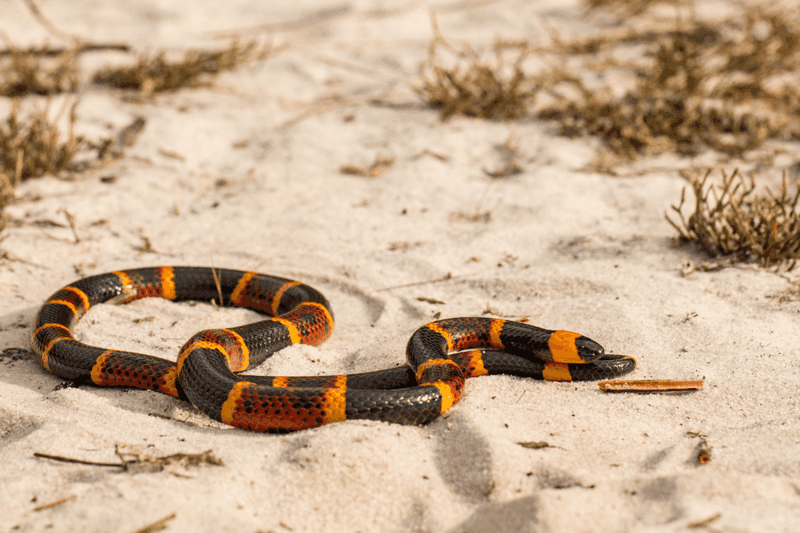
Not all snakes are venomous. In fact, the majority aren’t. Many snakes lack the venom glands to pose any threat.
While a few species can deliver dangerous bites, most snakes are harmless and even beneficial to ecosystems. They control pest populations, acting as nature’s exterminators.
Understanding which snakes are venomous can prevent undue fear. Appreciating their ecological role helps shift focus from fear to fascination.
Milk Snakes Drink Cow Milk

The myth that milk snakes drink cow milk is purely a tall tale. Milk snakes get their name from their color pattern, not their diet.
These snakes are often found in barns because they hunt rodents, not for milk. Their presence actually helps farmers by controlling pests.
Next time you hear this myth, remember milk snakes are just skilled hunters with an unfortunate name.
Snakes Are Deaf
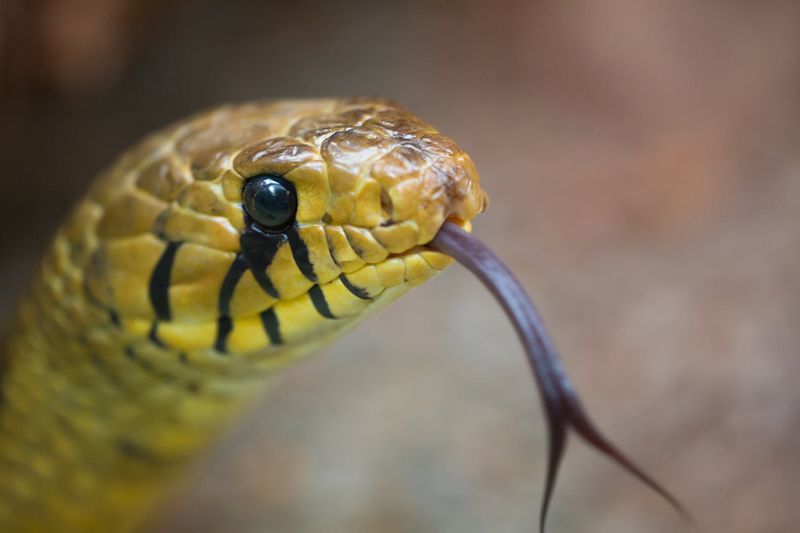
Snakes might not have external ears, but they aren’t deaf. They perceive sounds through vibrations in the ground.
Their inner ear structures allow them to detect these vibrations, aiding in navigation and hunting. While they might not hear the way humans do, snakes have adapted to understand their environment through other senses.
This myth underestimates a snake’s ability to perceive the world around it. Appreciating their unique adaptations can enhance our understanding of their survival strategies.
Snakes Can Hypnotize Prey
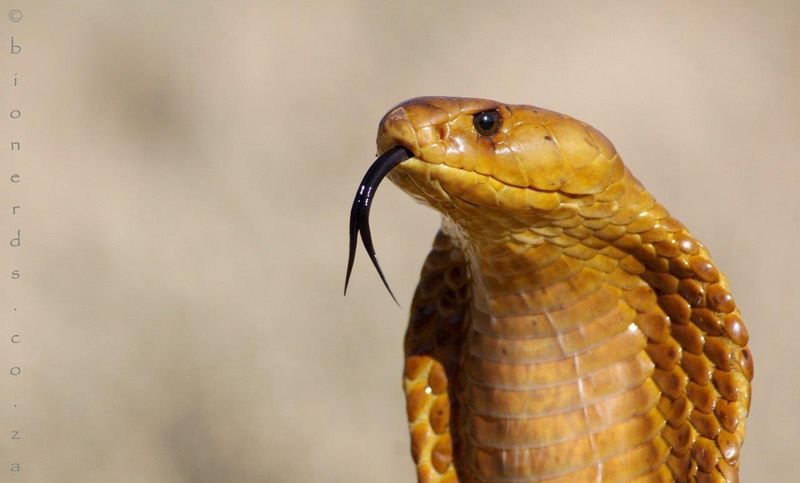
The myth of snakes hypnotizing prey likely comes from the intense focus observed when they hunt.
Snakes rely on stealth and speed rather than supernatural abilities to catch prey. Their fixed gaze is just a part of their predatory strategy.
Understanding their true hunting techniques dispels the myth of hypnosis and highlights their remarkable hunting skills.
Snakes Can Untangle Their Bodies
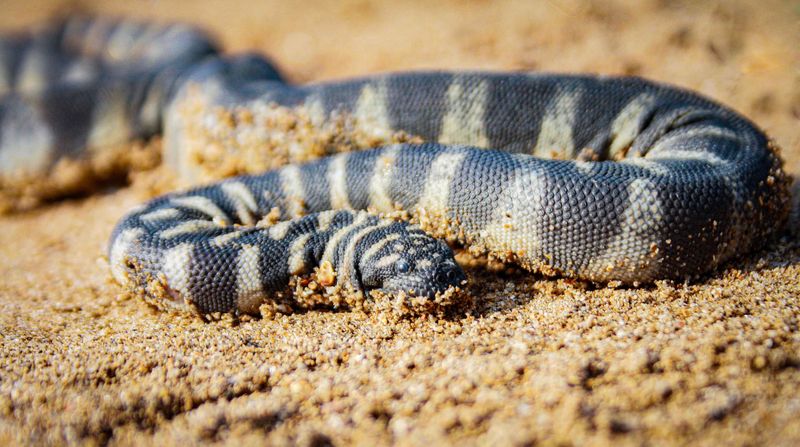
Snakes are incredibly flexible and can indeed untangle themselves. Their muscular bodies and specialized vertebrae allow for remarkable movement.
Watching a snake navigate through complex terrain is a testament to their adaptability and agility. This ability is essential for survival, enabling them to escape predators and catch prey.
Appreciating their physical capabilities helps debunk myths about their supposed helplessness when tangled.
Snakes Are Solitary
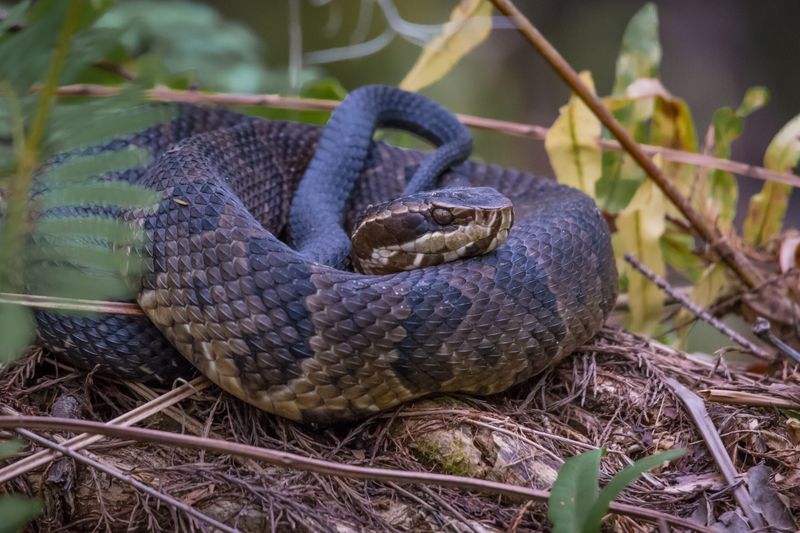
While many snakes are solitary, some species display surprising social behavior. Certain snakes hibernate together or form communal nests.
These social interactions help them conserve energy and increase survival chances. Recognizing this aspect of their life contradicts the idea of snakes as solitary creatures.
This myth overlooks the complexity and diversity of snake behavior.
Snakes Are Mindless Killers
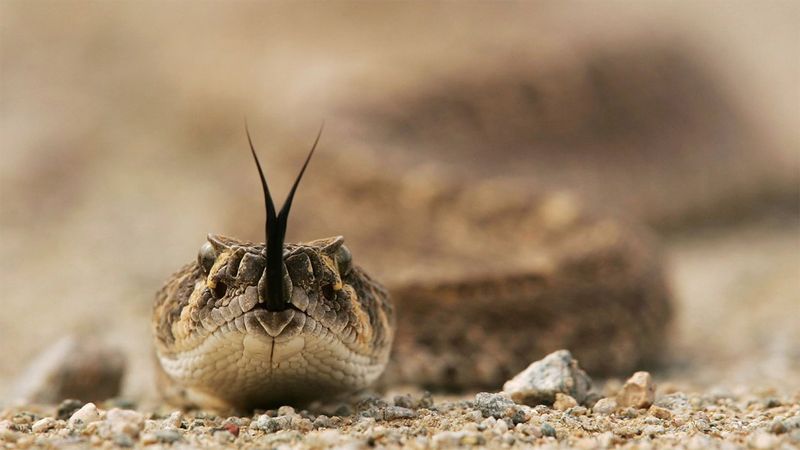
Snakes are not mindless killers; they are instinct-driven survivors. Most snakes avoid unnecessary confrontation, attacking only when threatened or hunting.
Their actions are calculated and purposeful, driven by survival rather than aggression. Observing a snake’s behavior reveals a creature guided by instinct and necessity.
Understanding their motivations fosters respect and dispels the myth of mindless aggression.
Snakes Have Poor Eyesight
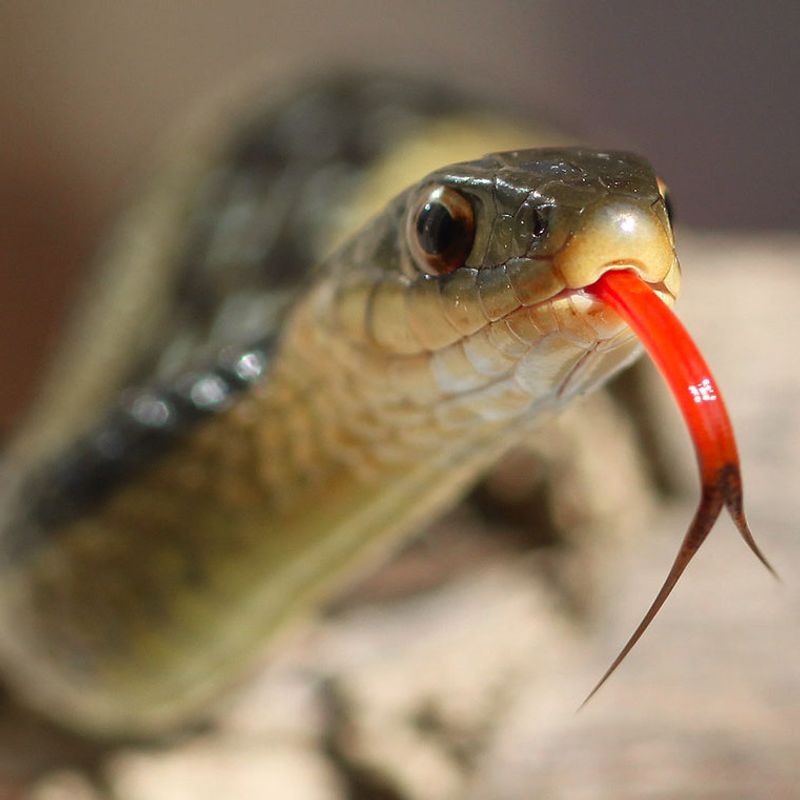
Many snakes have excellent eyesight, particularly those active during the day. Their vision is adapted to detect motion, aiding in hunting and navigation.
While some rely more on other senses, certain species’ eyesight is sharp and crucial for survival. This misconception arises from the variability in snake vision across species.
Learning about their visual abilities showcases the adaptability and diversity of snakes.

